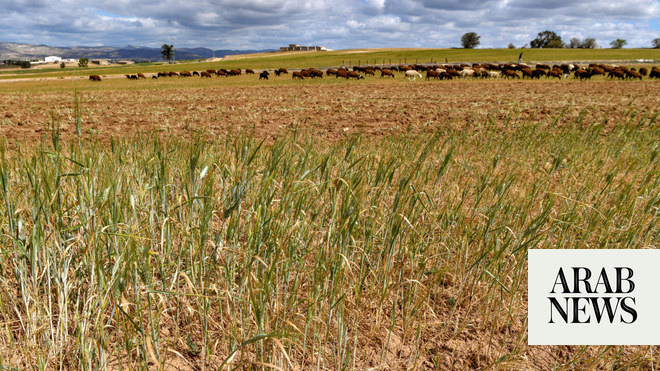RIYADH: Global food insecurity is much worse than previously thought. That's the conclusion of the State of Food Security and Nutrition in the World 2024 report released this week by a joint United Nations agency, which found that efforts to tackle malnutrition suffered a major setback.
As countries around the world fail to meet the United Nations' Sustainable Development Goals of “zero hunger” by 2030, the report notes that climate change is being recognized as a factor. -a major contributor to hunger and malnutrition.

As a major importer of food, the Middle East and North Africa region is considered particularly vulnerable to crop failures caused by weather in the countries of origin and the imposition of protective tariffs and tariffs. commodity price fluctuations.
“Climate change is fueling food insecurity for the Middle East, which includes global shocks and local shocks,” said David Laborde, director of the Economics and Policy Division of the agriculture in the Food and Agriculture Organization of the United Nations, said Arab News.
“Now, especially for the Middle East, I think the global angle is important because the Middle East imports a lot of food. Even if you don't have a (weather) shock at home, if you don't have a drought or flood at home — if it happened in Pakistan, if it happened in India, if it happened in Canada — the Middle East will. feel it.”
This section contains related reference points, placed in (Content)
The World Food and Nutrition Security Report has been compiled annually since 1999 by the FAO, the International Fund for Agricultural Development, the United Nations, the World Food Program, and the World Health Organization to monitor the world's progress in ending hunger.
During a recent event at the United Nations headquarters in New York, the authors of the report emphasized the urgent need for creativity and justice to solve the financial shortfall in helping countries suffering from severe hunger. and malnutrition that is exacerbated by climate change.
In addition to climate change, the report found that conditions such as conflict and economic recession are increasing and intensifying, affecting the availability of food. health, the unhealthy food environment and inequality.
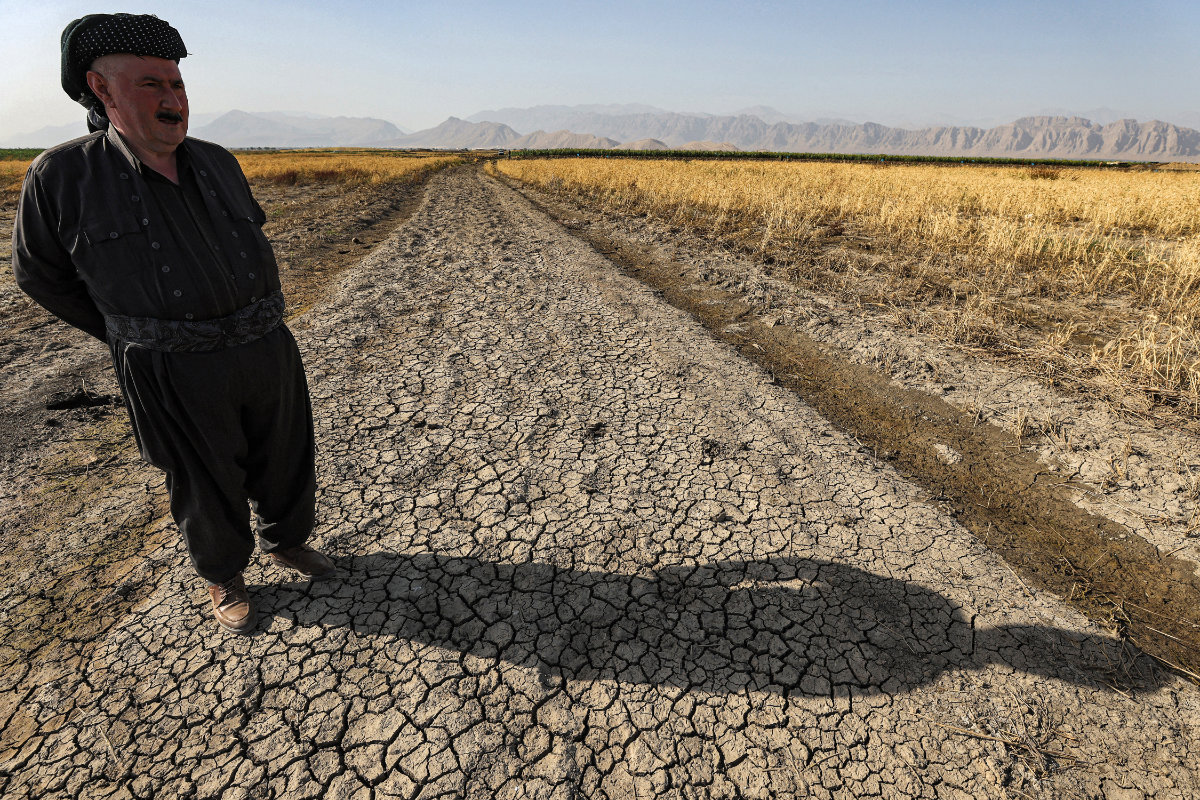
Malnutrition and food insecurity are getting worse due to the ever-increasing cost of living, which has undermined global economic progress.
“There is also an indirect effect that we should not ignore – the relationship of climate shocks to conflict,” Laborde said.
In North Africa, for example, adverse climate shocks can lead to more conflict, “either because people start competing for natural resources, for access to water, or because some people may in your area and have nothing else to do,” he said.
“Without work, they can't work on their farms, so they can join the rebellion or other elements.”
YOUKNOW?
As many as 757 million people will experience hunger in 2023 — the equivalent of one in 11 people worldwide and one in five in Africa.
The global prevalence of malnutrition has remained unchanged for three consecutive years, despite progress in Latin America.
There was little change in the prevalence of aging and global spending among children under five.
By the end of 2021, the G20 countries have pledged to take 100 billion dollars of unused special rights, held in the central banks of high-income countries and hand them over to middle and low countries.
Since then, however, this promised amount has been reduced by $13 billion, with the poorest countries receiving less than 1 percent of this support.

Saudi Arabia is one of the countries with more than 20 percent, along with Australia, Canada, China, France, and Japan, while others have not reached 10 percent or have completely stopped the relationship.
“Saudi Arabia is a major country in the Middle East, so what it does is important, but it also has financial capabilities that many other countries don't have,” Laborde said.
“Probably through their SDR. It can also be through public funds because where you invest and how you invest is important to make the world more sustainable. So, I would say yes, prioritizing investments in low and middle-income countries in food and security and food-related programs would be important.
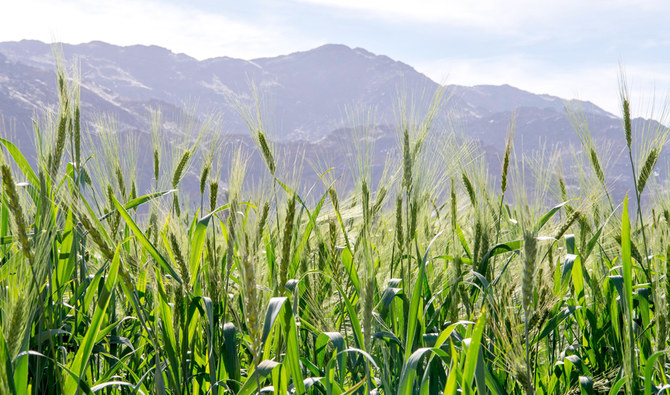
Although the prevalence of malnutrition in Saudi Arabia has decreased in recent years, the report shows that the prevalence rate among children has actually increased by 1.4 percent in the last 10 years.
Rates of childhood obesity, obesity and anemia in women have also increased due to population growth. In this sense, it is not so much a lack of food as a lack of healthy eating habits.
“Saudi Arabia is a good example where I would say that traditional hunger and malnutrition… have become less of a problem, but other forms of malnutrition are more important,” Laborde said.

By 2023, 2.33 billion people worldwide will face moderate or severe malnutrition, and one in 11 people will be affected by hunger, worsened by various factors such as economic slowdown and climate change.
The availability of healthy food is also an important issue, especially in low-income countries where more than 71 percent of the population cannot afford adequate food.
In countries like Saudi Arabia where overeating is a growing problem, Laborde suggests that proper investment in health and wellness education as well as adaptation to politics may be the way to go.
Although the State continues to support countries in crisis, including Palestine, Sudan and Yemen, through its humanitarian arm KSrelief, these states continue to struggle with terrible thing. Gaza in particular has suffered from the war with Israel.
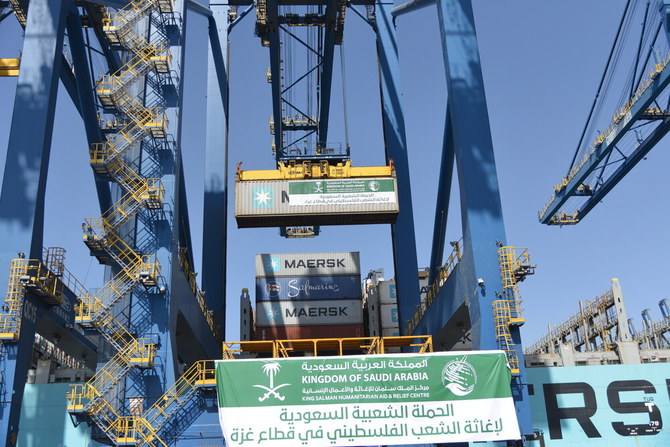
“Even before the start of the war, especially at the end of last year, the situation in Palestine was difficult, both in terms of the agricultural system (and) the population density. The problem of food insecurity has already existed,” said Laborde.
“Now, it's true everywhere, in Sudan, in Yemen, in Palestine, when you start adding wars and military operations, the population suffers a lot because you can destroy production. You are destroying access to water. But people can't even go to the grocery store when the food truck or boat breaks down.”
While Palestine and Sudan are the most extreme cases, some 733 million people are still facing hunger worldwide, marking the continuation of the high levels seen in the past three years.

“On the ground, we work with the World Food Program (and) with other organizations, aiming to bring food to people in need in Palestine,” Laborde said of the work of FAO. “Before and after the conflict, we will also try to fix the things that need to be fixed. But without peace, we are limited in what we can do.”
FAO helps food insecure countries by bringing seeds, livestock, technology and irrigation solutions to develop production systems, and also works to protect livestock from pests and diseases through providing veterinary services and creating incentives for countries to adopt better policies.
The report's projections for the year 2030 suggest that around 582 million people will still suffer from chronic malnutrition, half of them in Africa. This mirrors the level seen in 2015 when the SDGs were adopted, indicating that progress has plateaued.
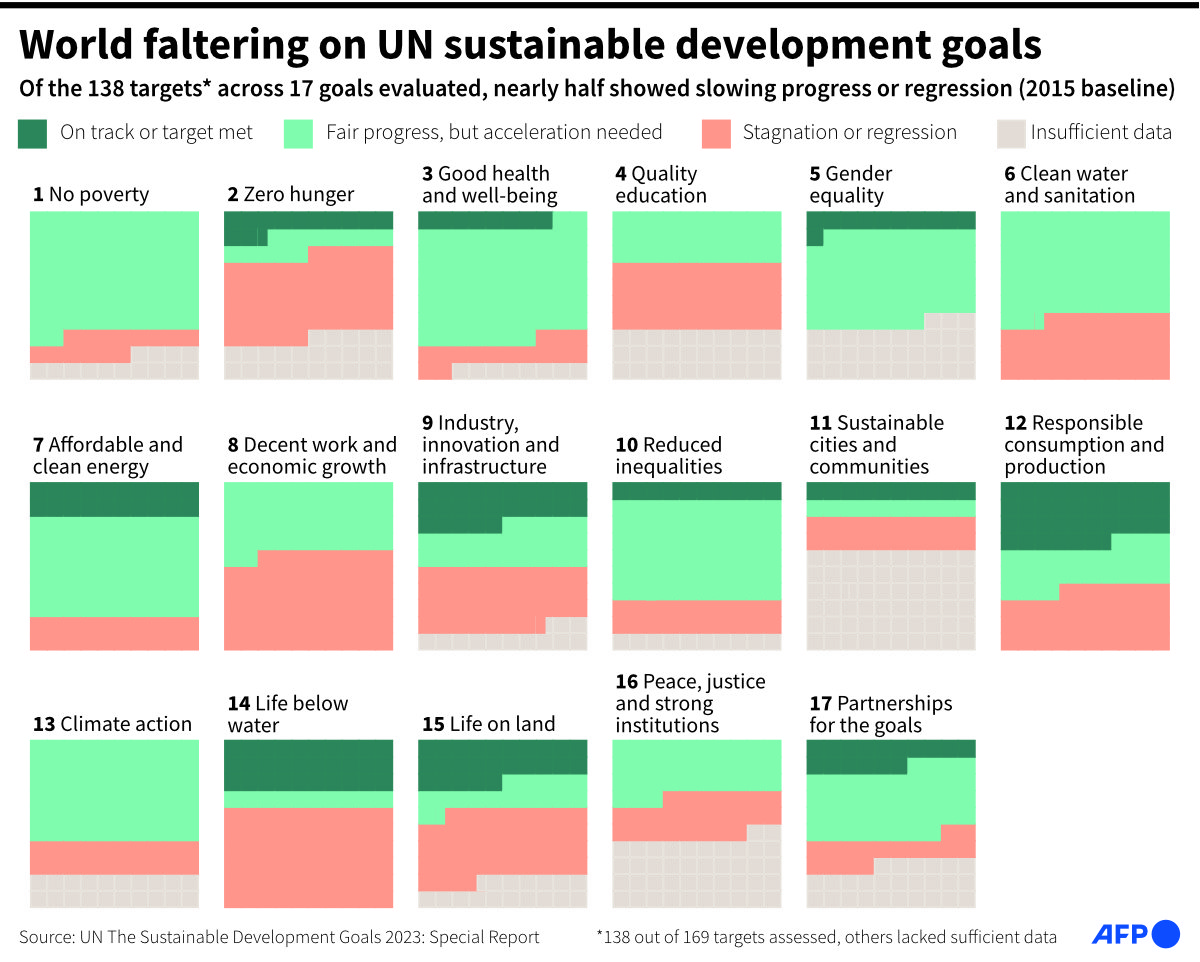
The report emphasizes the need to create a better financial distribution system according to this year's theme: “Funding to End Hunger, Malnutrition and All Malnutrition.”
“In 2022, there were a lot of headlines about world hunger, but now, it has disappeared when the numbers and people who are hungry have not disappeared,” said Laborde, referring to the impact of war in Ukraine. about world food prices.
“We have to say that we are not fulfilling the promises made by politicians. The world produces enough food today, so it's more about how we distribute it, how we provide access. This is a man-made problem, so it should be a man-made solution.”

